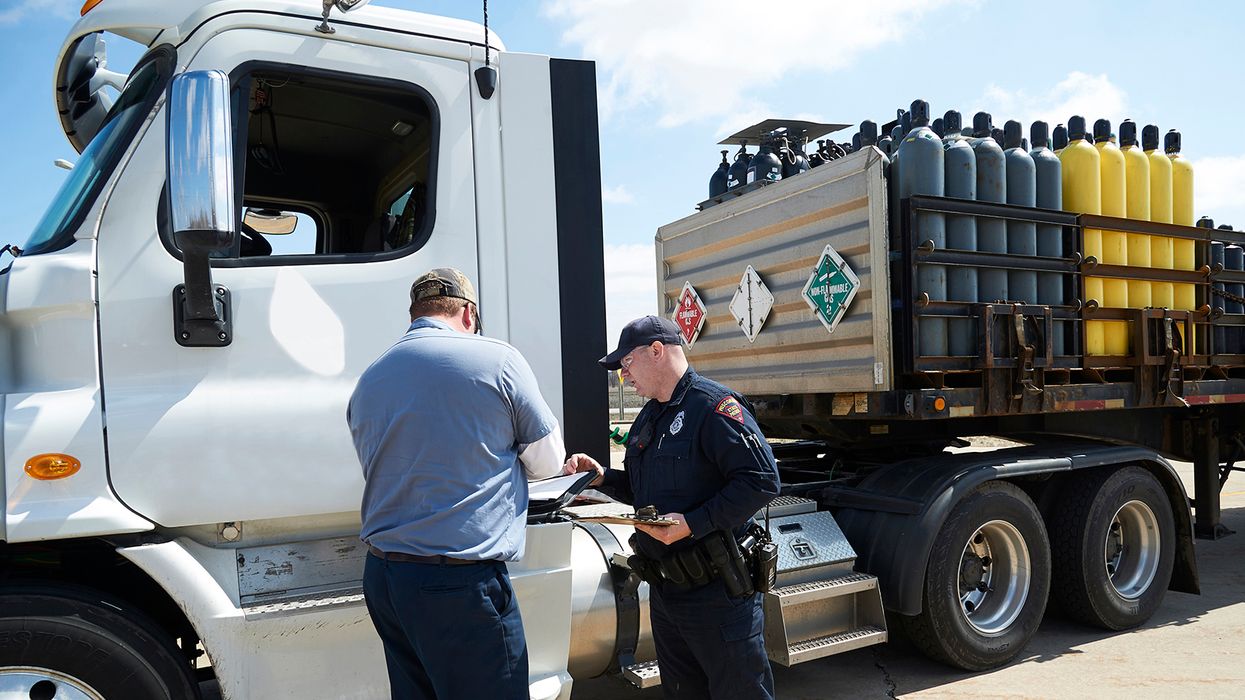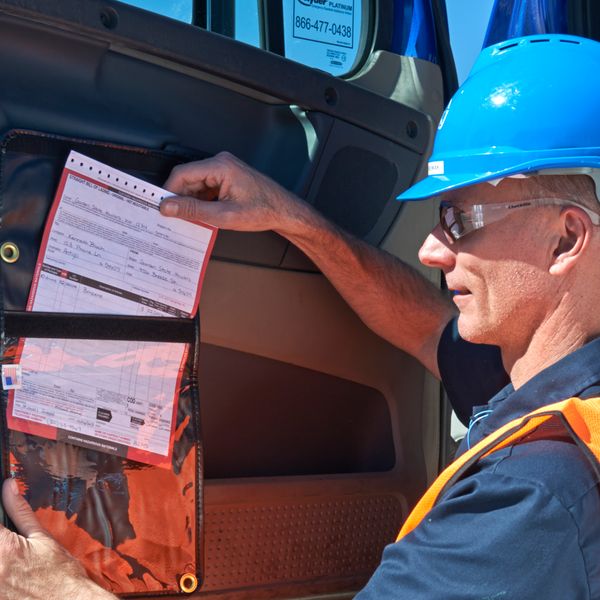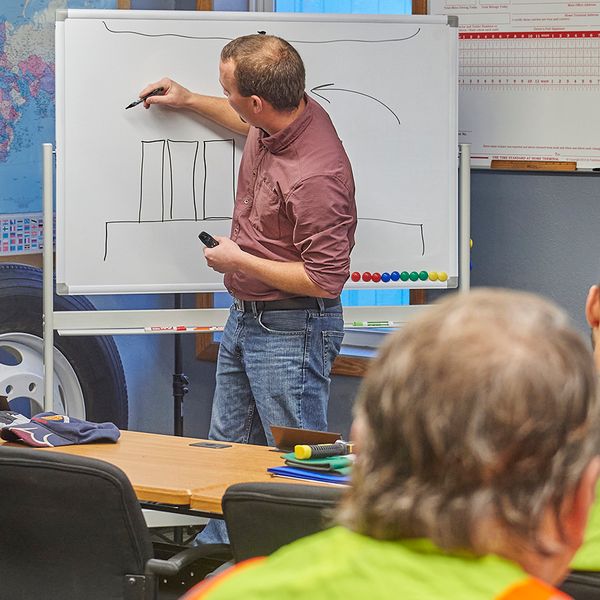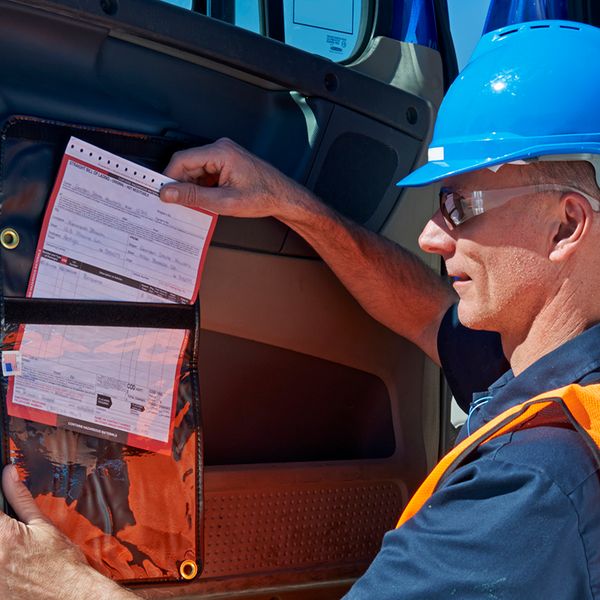Securing hazardous materials and other cargo
It is a violation of Hazardous Materials Regulation 177.834(a) when hazmat cargo is not secured in the vehicle. In fact, the regulation states:
“Any package containing any hazardous material, not permanently attached to a motor vehicle, must be secured against shifting, including relative motion between packages, within the vehicle on which it is being transported, under conditions normally incident to transportation. Packages having valves or other fittings must be loaded in a manner to minimize the likelihood of damage during transportation.”
Non-hazmat haulers aren’t off the hook
Even if a carrier isn’t transporting hazmat, there are still cargo securement requirements. It’s a good idea to check 49 CFR Part 393, Subpart I, Protection Against Shifting and Falling Cargo, which requires carriers to secure all types of cargo.
Cargo securement systems and compliance
The cargo securement system used must be able to withstand a minimum amount of force in each direction, as follows:
- Forward Force — 80% of the cargo weight when braking while driving straight ahead.
- Rearward Force — 50% of the cargo weight when accelerating, shifting gears while climbing a hill, or braking in reverse.
- Sideways Force — 50% of the cargo weight when turning, changing lanes, or braking while turning.
- Upward Force — 20% of the cargo weight when traveling over bumps in the road or cresting a hill, unless the cargo is fully contained within the structure of the vehicle.
A securement system is a method that uses one or a combination of the following elements:
- Vehicle structure — Such as, bulkheads, walls, floors, posts, and anchor points.
- Securing devices — Such as, chains, binders, straps, ropes, and synthetic webbing.
- Blocking and bracing equipment — Such as, chocks and cradles.
When determining which securement system(s) to use, much will depend on the specific cargo. All cargo is not created equally — it comes in many different shapes, sizes, and weights. Use the appropriate cargo securement methods for the type of cargo being transported.
If you think your job is done once you initially secure the cargo in the truck, you’re wrong. Initial cargo securement is just the first step. Cargo and securing devices must also be inspected: During pre-trip activities, Within the first 50 miles driven, When the duty status of the driver changes, and At 3-hour intervals or every 150 miles, whichever comes first.
What happens if cargo isn’t secured
Improperly securing loads or not securing them at all can lead to:
- Vehicle accidents,
- Loss of life,
- Damage to the cargo,
- Damage to property,
- Issuance of citations,
- Fines for the driver and company,
- Higher insurance rates,
- Out of service vehicles, and
- Possible intervention due to high Compliance, Safety, Accountability (CSA) scores.
Whether a carrier is transporting hazmat or general cargo, the rules are the rules, and the load must be properly secured. All hazardous and cargo must be contained, immobilized, or secured so that it does not:
- Leak,
- Spill,
- Blow off the vehicle,
- Fall from the vehicle,
- Fall through the vehicle,
- Otherwise become dislodged from the vehicle, or
- Shift upon or within the vehicle to such an extent that the vehicles stability or maneuverability is adversely affected.


















































